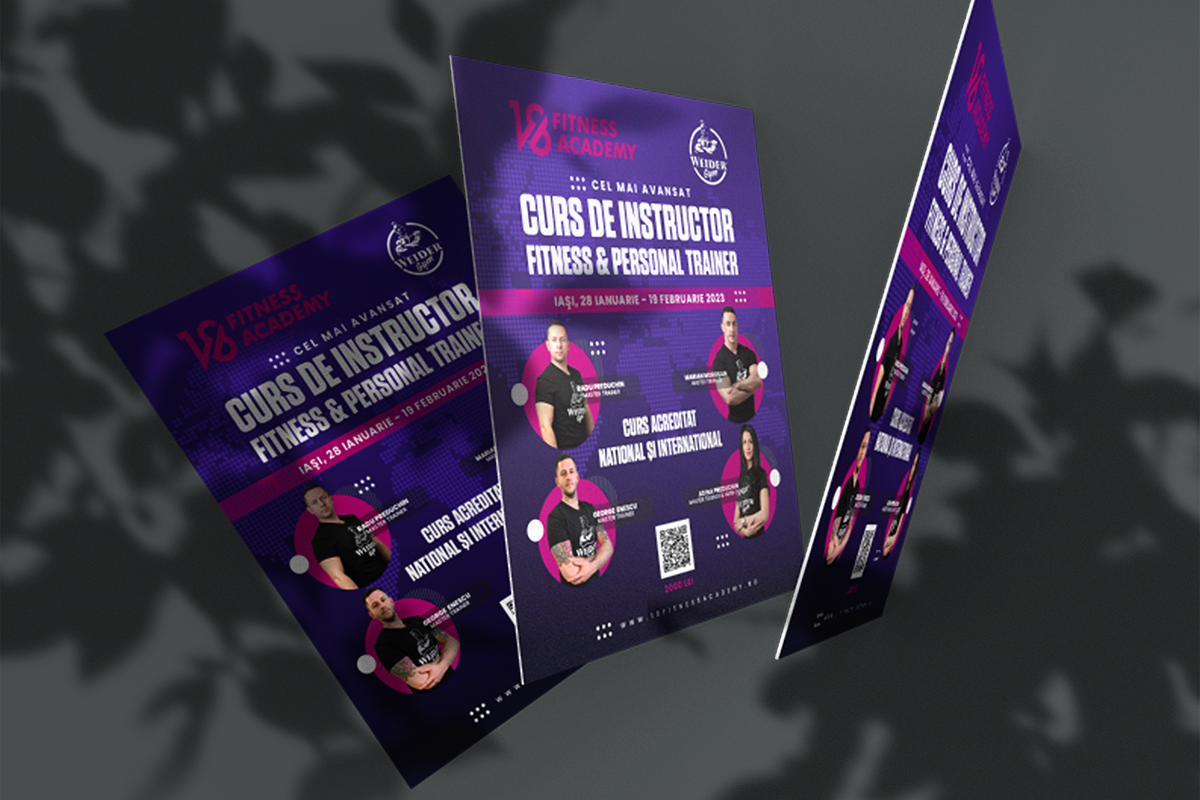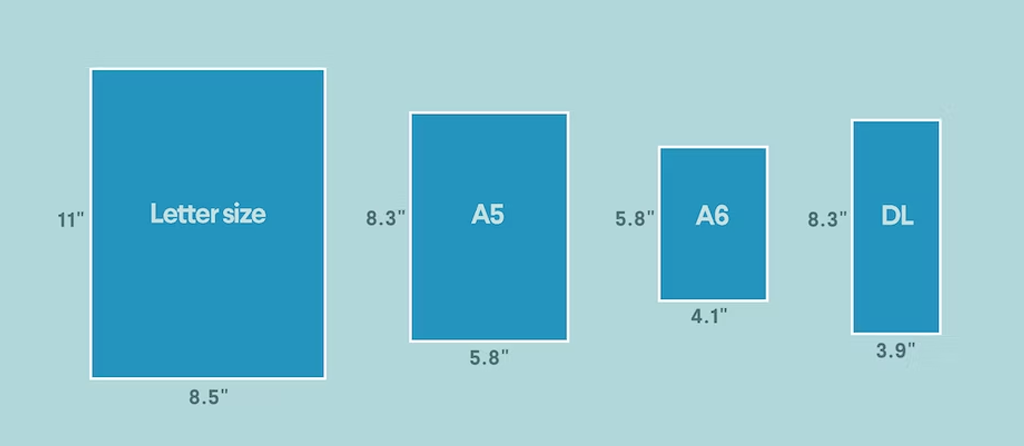The complete guide to flyer

The complete guide to flyer
—
The complete guide to flyer. Think you know everything there is to know about flyers? Seems like there’s not too much to understand—they’re the papers stapled up around your neighborhood with little tear-off phone number strips, right? And a brochure is basically a flyer that’s folded up accordion-style—pretty self explanatory. Not quite.
So, what’s the difference between a flyer and a brochure? The main difference between a flyer and a brochure is the fold, but that crease is just the beginning of their differences. They are used for totally different things. A brochure can accomplish lots of things that a flyer simply can’t and there are certain jobs best suited for a flyer and a flyer alone. As for the sizing, there are lots of standard brochure dimensions, but there are only a couple of standard flyer sizes. Got all that?
Whether you need a flyer, a brochure or both depends on your marketing goals—and that’s not where your print choices end. Your marketing goals and needs also drive what size flyer or brochure you need and what they need to be made of.
Why would I need a flyer?
—
Flyers are quick. When you have little bursts of information you need to get out there, a flyer’s the way to do it. Use a flyer when you need to:
- Get the word out about a sale
- Let everybody know you’re open for business
- Get the conversation between you and your customers started with a fact sheet about your product
- Advertise who you are, what you do and what you’re promoting right now
- Announce an upcoming event
- Get coupons into your customers’ hands
Flyers are low-tech, so they’re perfect for situations where low-tech is just fine or even preferable, like advertising a yard sale or inviting the whole town to your cafe’s grand opening.
Standard flyer sizes
—
A standard flyer is usually the size of a piece of computer paper. That’s 8.5” x 11” in the US, or the very similar A4 (8.3” x 11.7”) in the rest of the world. But smaller formats are also popular when it comes to flyers. The most common flyer sizes include:
- Letter size: 8.5” x 11” or A4: 8.3” x 11.7”
- A5: 8.3” x 5.8”
- A6: 5.8” x 4.1”
- DL (dimension lengthwise): 8.3” x 3.9” or one third of A4
Which size you should pick for your flyer design depends largely on the content of your flyer, as well as where and how you want to distribute it. If you’re planning to tape your flyers to walls or want to convey lots of information, you should go for a larger size, such as letter size or A4. If you’re planning to mail out your flyers, you need to pick a size that fits into a standard envelope, such as A6 or DL.
The cost per flyer with the printer of your choice will also affect what flyer size you should go for, since larger and non-standard sizes will likely be more expensive.

Best flyer materials
—
Since they’re meant to have short lives, they’re usually printed on lower quality, inexpensive paper. That doesn’t mean you can’t print up flyers on higher quality paper or that there’s never a reason to—some flyers are meant to last a long time, like a list of customer service procedures to be posted in a call center. A flyer designed for this job needs to be on durable paper.
